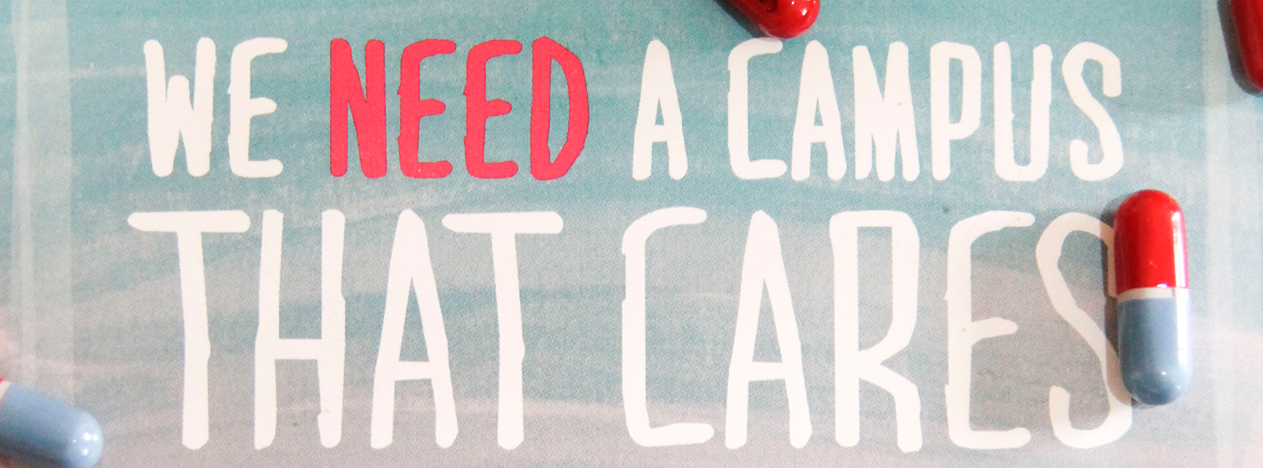Demand for youth mental health services in Canada is on the rise according to a recent investigation by the Toronto Star and the Ryerson School of Journalism.
Data collected from youth across the country reveals a dramatic increase in both the number of young people seeking mental health services, and the costs associated with meeting the demand.
The study surveyed 15 Canadian colleges and universities, and found that all but one have increased their mental health budgets over the past fivew years, with the average increase being 35 per cent.
The investigation also included a major survey of 25,164 Ontario university students by the American College Health Association, which found that between 2013 and 2016, there was a 50 per cent increase in anxiety, a 47 per cent increase in depression and an 86 per cent increase in substance abuse among those surveyed.
During that period, suicide attempts among university students also rose by 47 per cent. According to the Toronto Star, ConnexOntario—a toll-free mental health services information line—has seen a 344 per cent increase in calls by people 25 years old or younger.
The reasons behind this explosion in mental health demands are still a matter of debate within the medical community. According to Glenda MacQueen, a professor of psychiatry at the University of Calgary’s medical school, it can be difficult to pinpoint a specific cause.
“No one knows exactly what’s going on,” MacQueen said. “Youth today are under more pressure than ever before.”
According to Maureen Murdock, director of Carleton’s Health and Counselling Services (HCS), they have nine counsellors to provide individual therapy.
“Additional counsellors will be contracted to come in and work with us during the academic year when it gets busy,” Murdock said.
Over the past few years, HCS has brought in more counsellors to meet the rising demand for services. Since 2014, they have hired two additional counsellors for the main clinic, as well as a sexual assault and trauma counsellor.
Murdock said that over the past nine years HCS has almost doubled the number of counselling visits. Murdock attributes the increase to more students with mental health issues being able to attend post-secondary schools, as well as decreased stigma around seeking help.
According to Murdock, wait times for counselling depend on the urgency of the mental health issue.
“Some students will come in and be seen right away by a physician for a mental health assessment,” Murdock said. “We try to keep a walk-in counselling spot open in the main clinic every day for urgent issues. Student safety is a priority for us.”
Mary Bartram, a PhD candidate in the School of Public Policy and Administration at Carleton, said that while Carleton has facilitated quite a bit of discussion around mental health and stress, they could focus on more “low intensity” services.
Bartram’s current research interest is the relationship between institutional factors and mental health policy in the Canadian context, and is particularly focusing on access to psychotherapy.
She said Carleton should explore implementing more kinds of online programs, as well as mental health workshops that 20-30 students could access at once. She added this could be more effective than having everybody queued up for one-on-one counselling.
Bartram also said that any young person who is looking for help for a mental health problem deserves to have that need responded to.
Photo credits: Meagan Casalino






